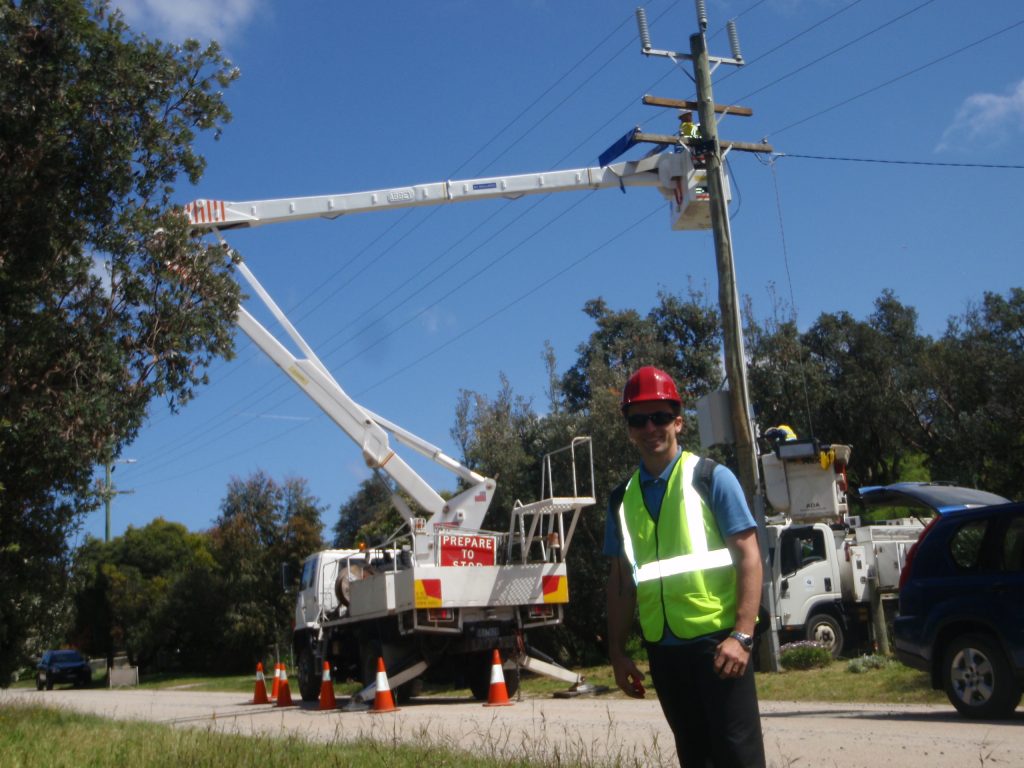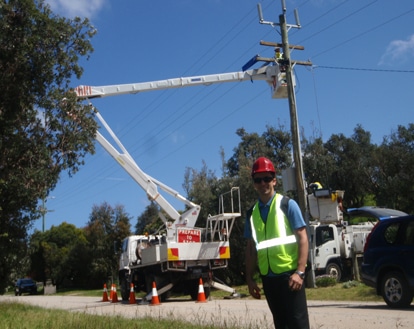
Researchers at RMIT University in Australia have developed a method of preemptively detecting and locating potential electrical faults along large sections of power line.
According to Alexe Bojovschi, a post-doctoral fellow in electrical and computer engineering at RMIT University, the new detection system, which uses sensors to identify discharge signatures in the power network, was inspired by the ability of electric fish to transmit and receive electromagnetic radiation. The sensors, mounted on power poles, can be used to locate the fault point by “translating the time of arrival of the signature into a measure of distance.”
“Our power networks, many of which were built at least 50 years ago, are aging and deteriorating just at the time when they are being overloaded with new appliances,” he said. “All it takes is a salt deposit or a build-up of lichen to provide a conductive path on an insulator, and you enhance the likelihood of electrical discharges.”
“The system provides a dynamic picture of the health of power networks.”
Bojovschi and his project managers, Associate Professors Alan Wong and Wayne Rowe have established a company, IND Technology, to commercialize the detection system. Already in use by several Melbourne electricity companies, Bojovschi believes the technology could eventually be implemented globally.
“Internationally, this is very important. Last year, blackouts left 620 million people in India without power for a couple of days and cost the U.S. economy more than $120 billion USD. Electric sparking has [also] been blamed for major bushfires in Australia,” he said. With widespread use, the patented system could help detect and prevent the major electrical discharges that lead to sparking and blackouts.






